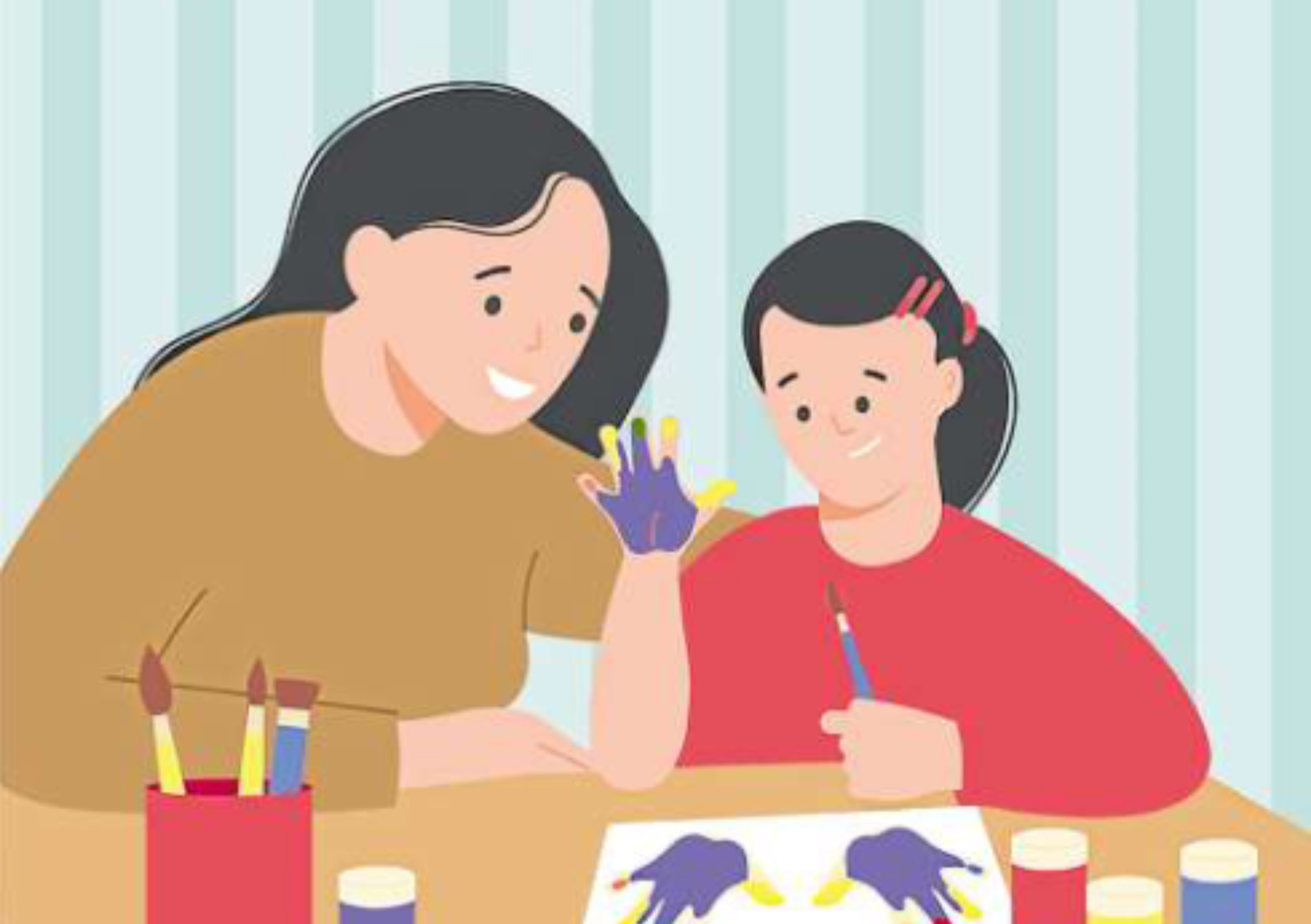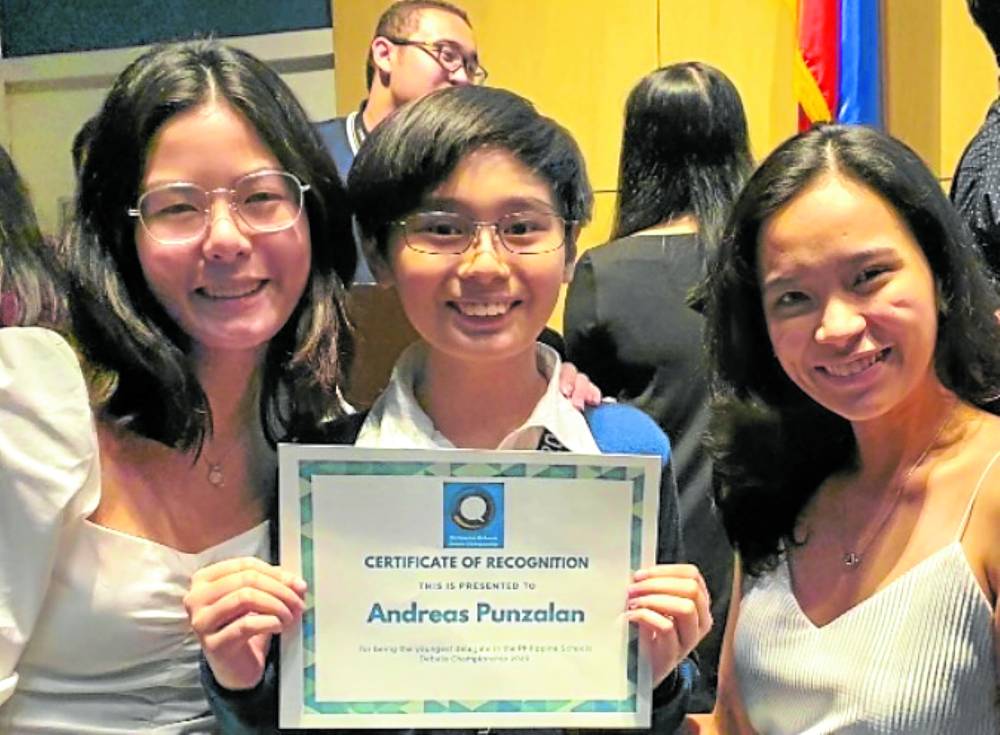Growing up, I didn’t have a tutor. My mom instilled good study habits in me early on. My dad was also a patient teacher, never mind that he was a business school professor by day.
My three younger siblings, however, went to a tutor after school. But because it didn’t help, mom pulled them out, and strangely, their grades got better. I think that when my siblings had to rely on themselves, they stepped up.
These days, apart from private tutors, there are many tutorial centers and math and reading programs that can activate parents’ fear of missing out (FOMO). Since I work from home, I teach my 8-year-old son Jack after school, and already I am having to face my math anxieties once more.
Jack is way better than me in mental arithmetic; he berates me for having to rely on a calculator when checking his answers (“Use your head, Mama!”).
As I prepare reviewers, I always think of how I can better teach my kids. I asked some tutors/teachers for their valuable insights.
What’s the most common reason parents hire you?
“Parents don’t have the time to supervise their children’s schoolwork, kids getting bad grades, and parent-child conflicts when the parent tutors the child are the usual reasons,” said private tutor Helena, 42.
Preschool teacher Rachelle Jose, 29, agreed: “The parent and child usually end up fighting, so parents think that their child will listen more and get to review better if it’s the teacher.”
Reina Castillo Ilas, 40, kindergarten teacher, added: “Parents entrust their children to us with hope that we can equip their children with the skills needed for school. They expect us to help their children tackle everyday situations with basic life skills.”
Struggle
Is there a particular topic which children have the most trouble?
Helena said: “Math and Filipino.” Rachelle agreed: “Most kids nowadays struggle with Filipino!”
Reina added: “I have difficulty empowering the children to be a bit more independent with everything!”
How are you able to handle teaching such a subject/ topic?
“If the child starts early with me, I speak to them in Filipino so they get used to it. I encourage the yaya to speak to their wards in Filipino because it gets harder in school as they move to higher grades,” said Helena. “For Math, lots of exercises, trying different strategies and finding which strategy the student is most comfortable with. Practice, practice, practice. Thank goodness for the internet—there are many games and worksheets online.”
Rachelle prepares fun and interactive ways to review Filipino. “We make it into a game or an activity that suits the child’s learning style.”
“Children nowadays are so used to having their parents and nannies around that they either rely on them to do things or want immediate validation that their work is correct,” said Reina. “Some children are too cautious that it gets in the way of learning. Let them get dirty, trip at times, let them explore!”
What are some things you wish parents knew about how to teach their kids more effectively?
Helena said: “Children learn best if they’re physically comfortable and emotionally involved in what they are learning.
“It is dangerous to have a child feel apathetic toward a subject; be creative and find ways to connect them emotionally to the topic, i.e. through the child’s life experiences.
“Getting impatient with learners is counterproductive. Praise them if they put in sincere effort toward their work. On the other hand, don’t be afraid to call out insufficient effort.
“Do your research—review the subject and know more about it than your child. Children tend to ask meaningful questions; be prepared to answer them.
“Raise your children speaking English and Filipino. Being bilingual is beneficial to your kids.”
Added Rachelle: “Make it meaningful and fun for the child. An example can be talking or interviewing their driver or helper. Ask about their province and way of living. That way, not only does the child learn more about Filipino culture, but he/she will also get to respect and bond more with their helpers.”
Said Reina: “I wish they knew that the outdoors and real toys like blocks and dolls provide more learning experiences for children than iPads/gaming consoles ever can. I wish they would remember that a walk in the park, running in a field or helping out in the kitchen can provide so much more. I also wish parents would remember the importance of home school collaboration. The learning continues at home.”
No distractions
What do you suggest children do to better absorb learning?
“Pay attention in class, take down notes. Make graphic organizers. Find funny ways to memorize otherwise boring stuff,” said Helena.
“Get rid of distractions. Put the iPad on ‘Do not disturb’ mode while studying. I don’t allow my students to listen to music while studying with me. For younger students, I ask them to organize their bags and sharpen pencils before we start studying. We keep our work space neat.”
Rachelle said: “They can use technology for research. When kids are curious about something, let them use their iPad. But of course, adult supervision is still recommended.”
“The parent will always be the first and best teacher for the child,” Reina said.
What method/trick works for you in motivating kids to learn?
“I need to motivate my students to review, study, do homework, prepare for tests and do projects,” said Helena. “With the older kids it’s easy enough, they are motivated by deadlines and the need to keep a high grade. For the younger ones who would rather play or watch Netflix, I try to make our sessions fun. I also let them do online quizzes or interactive games.”
She added: “I do my best to tap into their interests and creativity. With home-schooled students, this is key, they don’t have the deadlines or peer pressure that kids in regular school have. I give my students choices regarding their projects and activities, while keeping within curriculum guidelines.”
What works for Rachelle is giving a reward at the end of the session, such as food or small toys.
Reina added: “I think when I get as involved and take part in what they do, they learn more. Happiness and curiosity are contagious! When my students and children see how involved I am, they want to learn more in a fun setting. I’m not ashamed to act silly, sing, dance and entertain them. You’ll be surprised how much children learn when the classroom environment is a happy one.” –CONTRIBUTED







































